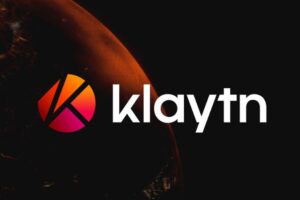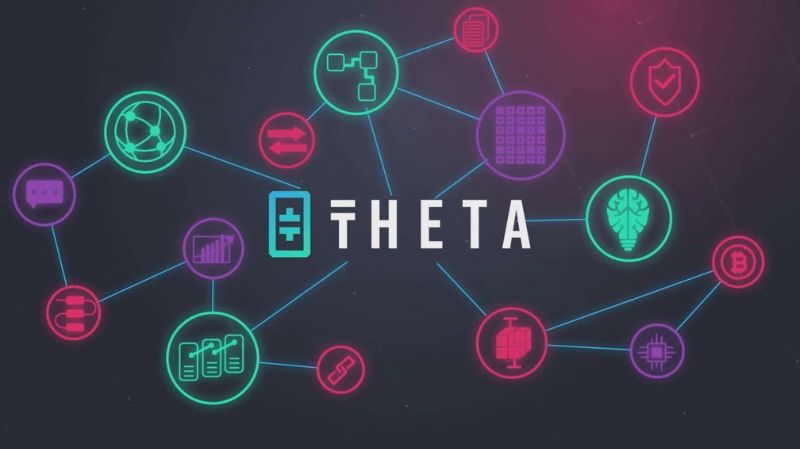Page Contents
SocialFi: What is it?
Decentralized finance (DeFi) and social media principles are combined in SocialFi. A decentralized Web3 approach to creating, managing, and owning social media platforms and their participants’ content is provided by SocialFi platforms.
Content creators, influencers, and participants who want better control over their data, freedom of speech, and the ability to monetize their social media engagement and following are the core of SocialFi applications. Cryptocurrencies usually make money, but nonfungible tokens (NFTs) control identity management and digital ownership.
These platforms are organized like decentralized autonomous organizations (DAOs), which are better suited to stop censorship decisions from being made in one place. SocialFi infrastructure can handle the throughputs required for social media interactions because blockchain technology has advanced rapidly in recent years.
Problems with Web2 social media
More than half of the world’s population, or 58.4%, spends 2 hours and 27 minutes a day on social media. However, a small number of centralized entities and their shareholder’s profit from the attention, interactions, engagement, and data that are generated. The one-liner is the result of this misalignment of incentives: You are the product if the product is free.
Additionally, when platforms prohibit content creators from discussing particular subjects, we have witnessed numerous instances of centralized decision-making. A decentralized curation process, if it exists, would be more in line with the ethos of Web3, despite the fact that these procedures are typically in place to safeguard the majority of users from harmful posts.
Digital ownership and the capacity to track ownership are the third obstacles that Web2 applications have faced. For creators and artists who share their work online, this is especially important. However, if there aren’t enough controls in place, a lack of digital ownership opens up opportunities for digital piracy.
The inability of Web2 platforms to monetize brand equity is yet another drawback. Most of the time, influencers who have built their own brands can monetize their brand equity indirectly. On the other hand, the social following and credibility they’ve built up on a social media platform do not necessarily translate into financial resources.
Can SocialFi intervene? How does SocialFi work and what is it? In the following sections, let’s take a deeper look at these questions.
Building Blocks of SocialFi
By adhering to the Web3 ethos—essentially, decentralized social applications—Since SocialFi is set to disrupt the social media industry, the building blocks of SocialFi are already in place. It focuses on resolving important design issues pertaining to current Web2 social media platforms.
Some SocialFi projects worth mentioning are the following:
- Mousai:- A Web3 music streaming App (https://mousai.stream/)
- diamond:- A Web3 micro-messaging app like Twitter (https://diamondapp.com/browse)
- DeSo:- A protocol used for decentralized social media (https://www.deso.com/)
- ENTRE:- A Web3 professional networking app (https://joinentre.com/)
Let’s take a look at some of the most important things that SocialFi tries to get right in comparison to Web2. That would also assist us in comprehending the popularity of SocialFi.
Monetization
The DAO model makes it possible to manage incentives fairly across all stakeholders, which has been a key design principle of Web3 applications. Social tokens, also known as in-app utility tokens, are used in SocialFi apps to take things to the next level.
Utility tokens are frequently used to drive in-app economics in the DeFi and GameFi worlds. Social tokens, issued by SocialFi, denote the third tier of the economy. These tokens can be created at the user level as well as at the application level. Social tokens now allow creators to manage their own economies.
Each user can own their own token if they have significant brand equity. For instance, Elon Musk might be able to have his very own token and a miniature economy based on it. The user’s social influence will have a direct impact on the token’s value. As a result, Elon Musk’s token will be valued higher than that of a typical social media profile creator.
Let’s now examine the factors that would determine the social token’s value in this model. This model is based on a few fundamental design principles, such as:
Engaging with a creator’s posts is restricted to those who possess their social token. Therefore, in our example, you would need to keep Elon Musk’s social token in your wallet in order to interact with his posts.
If you have the highest number of their social token, your message can appear at the top of the responses if you want to attract their attention.
Creators and influencers have the ability to establish thresholds at which followers with a certain number of their social tokens can directly message them.
People who want premium access to the creative content of an artist with a large following can create a subscription model in their social token.
It costs money for a user to engage with another user’s content by liking or sharing it.
Some of the fundamental principles of monetizing engagement for SocialFi participants are the subject of economic models that are currently being tested. These principles will help creators and influencers monetize their brands while also lowering the cost of spamming and increasing genuine engagement.
Censorship and freedom of speech
The majority of Web2 social media platforms have struggled with this difficult and subjective problem space. We don’t want centralized censorship on the one hand, and we also don’t want harmful content to spread around the world without any control. The right amount is somewhere in the middle.
SocialFi platforms use on-chain data labeling for decentralized curation. On a SocialFi platform, all posts that can be seen by the public are on-chain. As a result, rules engines can quickly parse this on-chain data and label posts based on the topic and the words used. The appropriate posts are selected by the chain’s nodes.
Each node has the option of engaging with some labels or blocking them all. A node could face legal action if it chooses to engage and endorse a harmful post. As a result, the network’s requirements are not set by a single authority or a small group within a single organization. The individual bears the responsibility and control.
Identity and ownership in the digital age
With the advent of picture-for-proof (PFP) NFTs, a new type of digital identity has emerged. This $18 billion market has adopted the slogan “I am my ape and the ape is me.” PFP NFTs are collections that NFT holders develop an emotional connection to, such as Bored Ape Yacht Club, Moonbirds, and CryptoPunk.
The holders of these NFTs use them quite proudly as Twitter and NFT profile pictures. Some PFP NFT holders consider these NFTs to be their identity, while others are quick flippers. These NFTs foster an emotional bond between the holder and them.
NFT is proof of ownership by design, whereas emotional identity is an abstract concept. Therefore, if a user wishes to create a SocialFi profile, they can connect their wallet and use their NFTs as their profile picture to verify ownership.
PFP NFTs provides exclusive access to particular SocialFi communities in addition to the identity aspect. These communities might offer their NFT holders thought leadership, experiences, events, or even sneak peeks at investments. SocialFi may include this as a feature, but Discord groups already have it.
Additionally, SocialFi platform NFTs provide creators with distribution capabilities for distributing their work. The social token holders of an artist’s NFT collection can receive a portion of the sale proceeds. This provides an incentive for the artist’s followers to spread the word, potentially increasing NFT collection sales.
Finally, by clicking a button, a message that feels like a “once-in-a-lifetime moment” can be instantly converted into an NFT. Due to the nature of the beast and misaligned incentives, many of these functionalities do not exist and cannot be implemented so seamlessly on Web2 platforms.
Key challenges that SocialFi must overcome
All of that seems too good to be true; therefore, what are we missing? Is SocialFi really the social media industry’s future? There are challenges to SocialFi’s application of the design principles, as discussed in earlier sections. There are a few obstacles Web3 must overcome:
- Scalable infrastructure
- Sustainable economic model
Scalable infrastructure
Each day, Facebook generates 4 Petabytes of data. 510,000 comments are made, 293,000 status updates are made, 4 million posts are liked, and 136,000 photos are uploaded every minute. Can blockchains handle volumes of that magnitude?
DeSo, the blockchain layer that will be used to build SocialFi apps, says it can scale better than most layer-1 chains because they were made for SocialFi use cases. Scalability is addressed with indexing, block size management, warp sync, and sharding.
They claim, for instance, to be able to process 80 posts per second for a user base of four million, whereas Twitter processes 6000 posts per second for 300 million users. Increasing the block size is all that is required to achieve this performance. They can, however, rely on additional strategies like warp sync and sharding to further boost throughput.
Warp sync makes it possible to validate transactions without requiring all nodes to validate the entire transaction history. Sharding introduces parallel processing, which contributes to an order-of-magnitude increase in throughput. DeSo is of the opinion that they should be able to scale the platform to one billion users by employing these two strategies.
Sustainable economic model
The development of economic models that can withstand stress and outlier scenarios is perhaps the most challenging aspect of mode DeFi and its derivative business models. There are a number of platforms, such as GameFi and SocialFi, that promise extremely high incentives for participants. However, these incentives have only worked in the short term.
All of the aspects we talked about in SocialFi’s incentives are still being tested on a small scale. Before these models can become mainstream, they need to be put through a series of market cycles and black swan events.
For instance, you run the risk of seeing something harmful posted by an influencer if you invest in their social token so that you can interact with their posts. A single negative post could quickly result in the social token’s devaluation and a cascade of losses for system participants.
Soaring losses to a single key microeconomy in a social media platform where influencers operate in echo chambers can easily spread throughout the system.
Final words
SocialFi platforms show promise despite obstacles related to the infrastructure and economic model. This is a significant step in the direction of creator economy models, which are rapidly gaining momentum around the world.
Future social networks based on DeFi principles can only claim robustness after enduring several downturns. That is definitely true for SocialFi as well. The sky is the limit if market tailwinds continue to support progress and investment prospects for SocialFi projects remain healthy.











